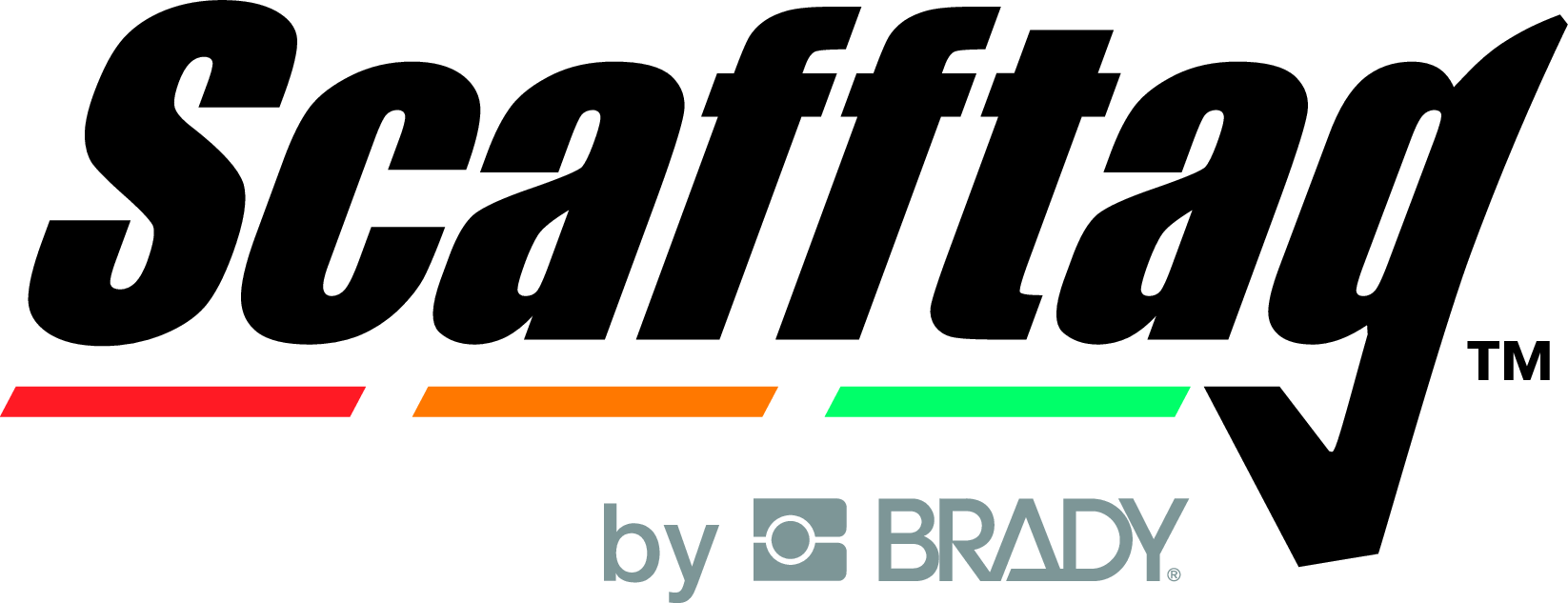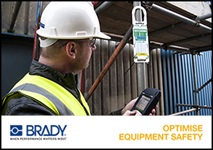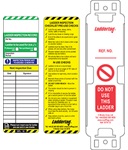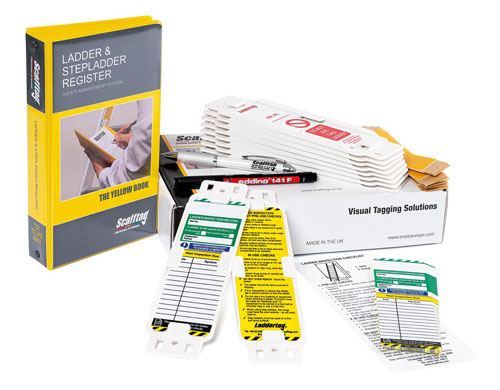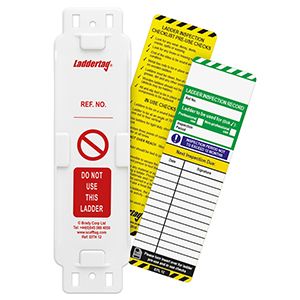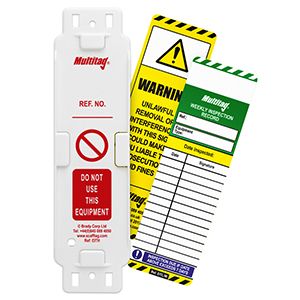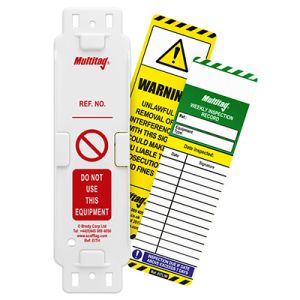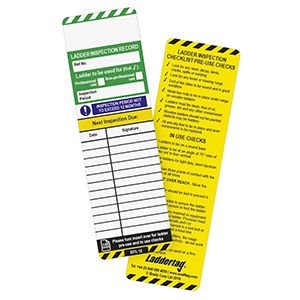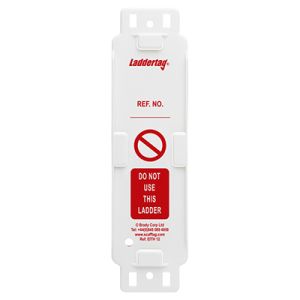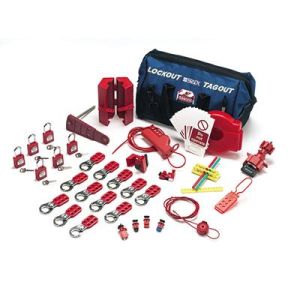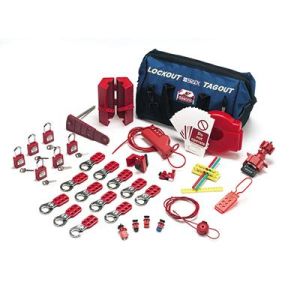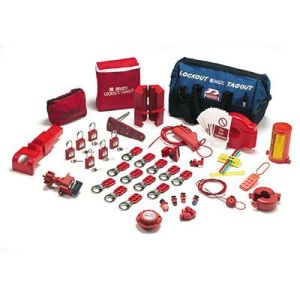Visual tagging systems for The London Eye
Challenge: Ensure safety inspections and process meet requirements with visual tagging
Since its introduction at the turn of the millennium nearly 10 years ago, the Merlin Entertainments London Eye has become one of the most iconic constructions of the capital's skyline. The structure, the largest observation wheel in Europe, is the most popular paid for tourist destination in the UK attracting over 3.8 million visitors per year.
However like most successful attractions, the day to day running of the wheel often goes unnoticed. To keep the wheel turning, a team of up to 350 employees are at work on the London Eye 364 days of the year as well as contractors, from cleaners to engineers, who are frequently on site too. The safety of employees and contractors, as well as the 3.8 million visitors, has to be at the forefront of this large operation.
Contractors are an important part of the running of the wheel and as it is such a unique business, the contractors used are often specialist teams. The health, safety and wellbeing of contractors on site are the responsibility of the London Eye. Similarly to most businesses, slips, trips and falls are the most common hazard at the London Eye. According to the Health and Safety Executive (HSE) statistics in 2007/8, over 10,000 reported major injuries in the UK were as a result of a slip or trip1. Working at height is also a big safety issue. The London Eye is made up of 32 capsules; each capsule is made from glass so the visitors can experience a 360 degree view at the top of the wheel. Specialist cleaning teams are employed to clean each capsule, including the outer glass layer. This means the cleaning teams have to work at height and need to be supplied with the correct safety equipment to do the job, all of which needs to be regularly inspected to ensure it is safe to use.
To ensure its safety inspections and process meet and exceed requirements, the London Eye has successfully implemented a visual tagging system from equipment status management specialists Scafftag.
Before Scafftag systems were introduced
Before the implementation of Scafftag's systems, the London Eye relied on its own internal system to carry out the relevant safety inspections. While the internal system was effective, the London Eye was looking for something to enhance its previous system. Karen Wickenden, Health, Safety and Environment Manager for the London Eye explains "We introduced the visual tagging system from Scafftag in 2006. Before this we used our own internal system that we had developed. This system was more manual and we were looking for something simpler and easily visible.
After adopting Scafftag systems
Karen continues "After consultations with Scafftag, we trialled their visual tagging systems for our ladders. The trial was so successful that we then started to use the lockout system. Abi Piper, Regional Account Manager at Scafftag said "The London Eye uses two of our
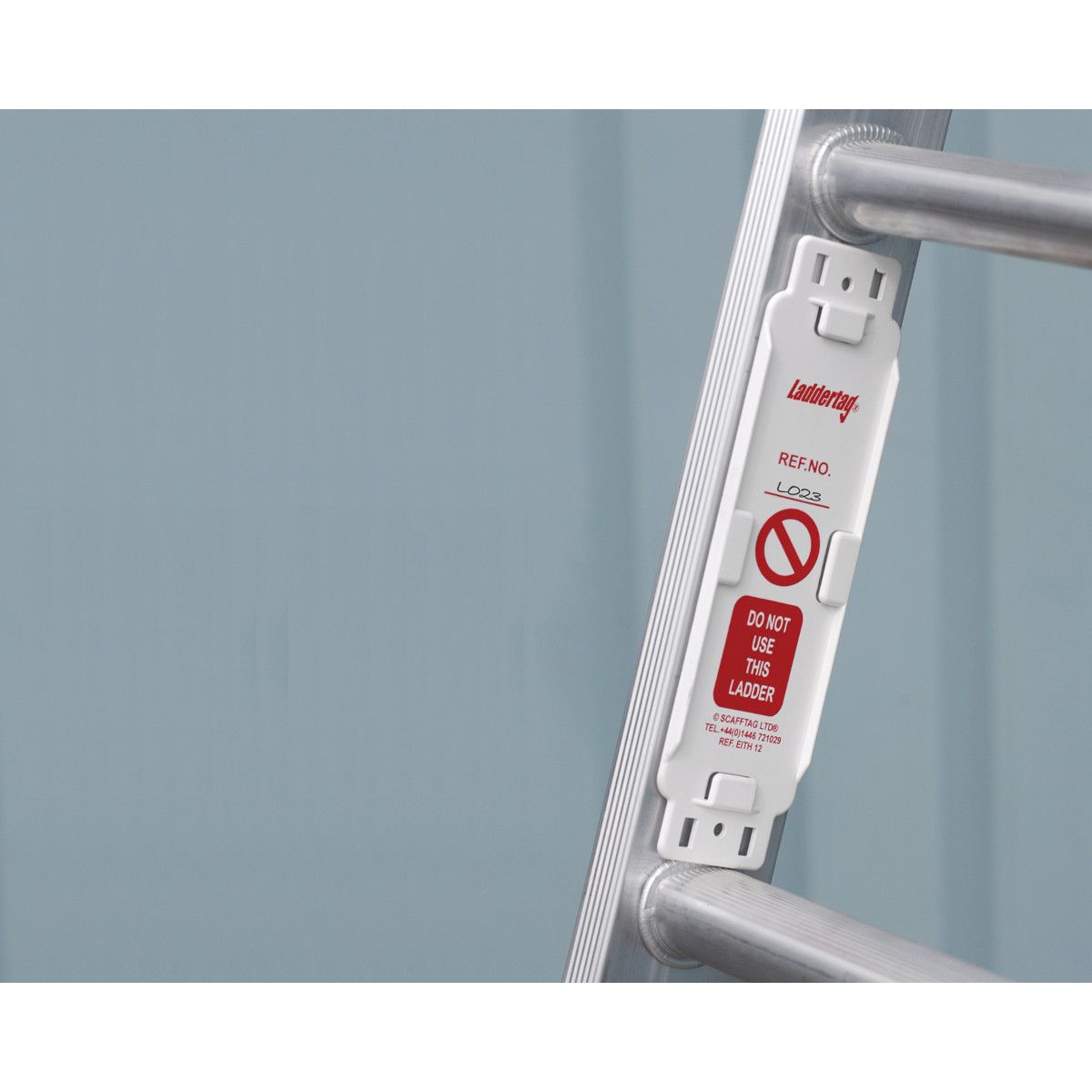
visual tagging systems; the Lockout Tagout system for electrical and mechanical isolations and the Laddertags. The lockout tagout system is used when electrical and mechanical isolations are needed. Some of the equipment on the site extends to their neighbour's property yet the London Eye is still responsible so it is important that things like valves are locked-off so no unauthorised person can tamper with the equipment. Also, as much of the activity on site involves working at height, the London Eye also uses the Laddertag.
The Laddertag is a highly visible tag fixed to ladders that displays information relating to a ladders class, inspection period and inspections due as well as a handy, quick-reference ladder inspection checklist. Scafftag was also able to offer a bespoke kit for the London Eye site, filled with all the relevant items needed. Karen explains "Abi visited our site and walked around with us suggesting the right equipment to use. She then built a bespoke lockout kit specifically for our site.
The Scafftag tagging systems provide a visual way of helping to ensure equipment is health and safety compliant. The 2 part holder and insert system means you can instantly put equipment into Do Not Use status by removing the inspection record card from its holder. By putting this system in place within the company, the London Eye has made sure that it complies with regulations to make employees aware of any hazards posed by equipment, and if any incidents or accidents do happen, they are able to quickly find out why and how.
Speaking about the benefits of having this system in place, Karen said "The Scafftag system is very easy to use. The London Eye is open to visitors from 10am until 9.30pm during peak months so the staff working on site changes throughout the day. With the visual tag, staff who have just started their shift can clearly see the latest status of equipment i.e. whether it is safe to use or not. All of our workers are busy and don.t have time to search for the relevant paperwork to check if equipment is safe to use but with this system the answer is there in front of them on the equipment.
Easy to use Scafftag systems
The system is so simple and self explanatory that it requires little training, says Karen, as soon as it was installed we were able to use the system straight away, the tag is fixed to the equipment and the insert is filled in. We needed some training on the lockout systems but Scafftag was very helpful and visited our site when it was installed. Abi is always on the other end of the phone when we have any queries and is always available to visit our site to understand our requirements.
The London Eye isn’t the only Merlin Entertainments site to use this system. The London Aquarium and other attractions have also successfully implemented Scafftag's equipment status management systems.
